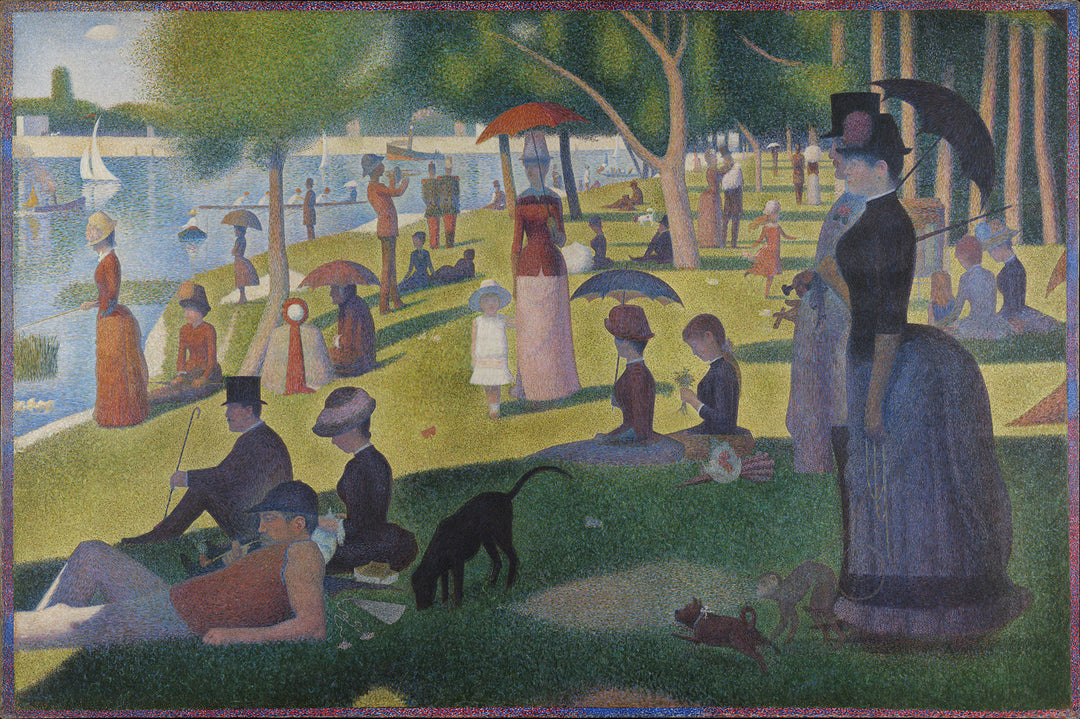
Neo-Impressionism
Neo-Impressionism, rooted in late 19th-century France, revolutionized the artistic landscape by merging the science of color and light with innovative painting techniques. Inspired by the theories of Michel-Eugène Chevreul on color contrast and enriched by Charles Blanc's ideas on chromatic symbolism, the movement established a new visual language based on analysis and precision.
Georges Seurat, a pioneer of this avant-garde, introduced Pointillism , meticulously placing small dots of pure colors that, from a distance, blend in the observer's perception, creating an unprecedented luminosity. Paul Signac , following Seurat, delved into divisionism , a technique that separates colors to maximize the vibratory and luminous effect, demonstrating the potential of color to structure and energize the composition.
This scientific approach to painting, which also attracted artists like Henri-Edmond Cross and Camille Pissarro, marked a turning point in the way art was conceived, positioning Neo-Impressionism as a crucial bridge towards 20th-century abstraction . Through its legacy, Neo-Impressionism continues to influence the understanding of color and visual perception, establishing itself as a fundamental milestone in the evolution of modern artistic expression.
